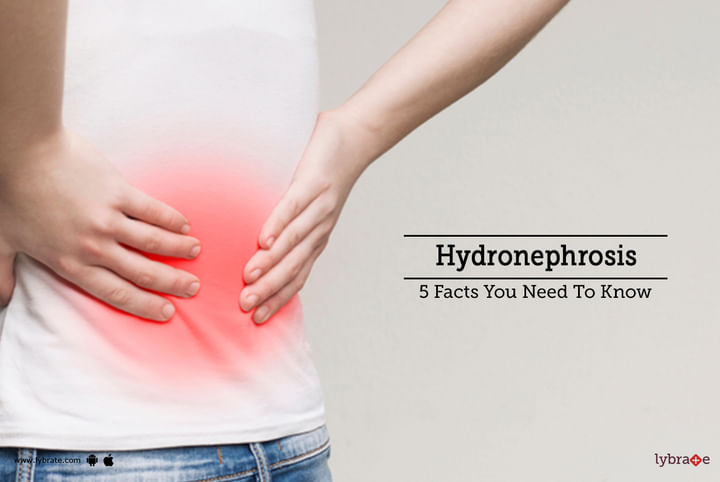Hydronephrosis : 5 Facts You Need To Know.
Hydronephrosis is a condition characterized by too much fluid in the kidney due to the build-up of urine. This occurs when your kidneys cannot drain urine properly, and become stretched or swollen instead. The swelling usually affects one kidney but may involve both the kidneys.
To treat hydronephrosis, first, you must know all about the condition – its causes, symptoms and probable complications.
-
It is a secondary condition
Hydronephrosis is a secondary disease and not a primary one. This means the condition results from an underlying disease. It is structural and results from obstruction or blockage in the urinary tract. About one in every 100 babies is believed to be affected by hydronephrosis.
-
Acute Unilateral Obstructive Uropathy is a major cause of hydronephrosis
Acute unilateral obstructive uropathy refers to the sudden development of a blockage in one of the ureters – tubes connecting your kidneys to the bladder. Blood clots, scarring, and formation of kidney stones are some of the most common causes of acute unilateral obstructive uropathy, which again, may lead to hydronephrosis.
-
UTI is a common complication of hydronephrosis
The most common complication of hydronephrosis is the development of UTI or urinary tract infections. Interruption in the flow of urine puts you at risk of getting a UTI, which is often characterized by painful urination, a weak urine stream, bladder pain and cloudy urine. Untreated urinary tract infections can lead to more severe complications, like pyelonephritis – a type of kidney infection – and sepsis – blood poisoning or an infection in the bloodstream.
-
Endoscopic surgery may be needed to treat hydronephrosis
If a kidney stone has led you to develop hydronephrosis, then you might have to undergo an endoscopic surgery to remove the obstruction. This reduces recovery time and healing drastically.
-
The long-term outlook for hydronephrosis is good
If you receive treatment early, your outlook is good. It is essential to get the blockage removed so that your kidneys are able to function normally. Following surgery, the rate of success for complete recovery is estimated at 95%.
Having a fair knowledge of the condition can help you identify the causes and symptoms early on, and you should be able to seek prompt treatment immediately. Talk to your doctor about the various treatment approaches beforehand.


+1.svg)
